Fitbit Versa 3 vs. Garmin Vivosmart 4: Which should you buy?
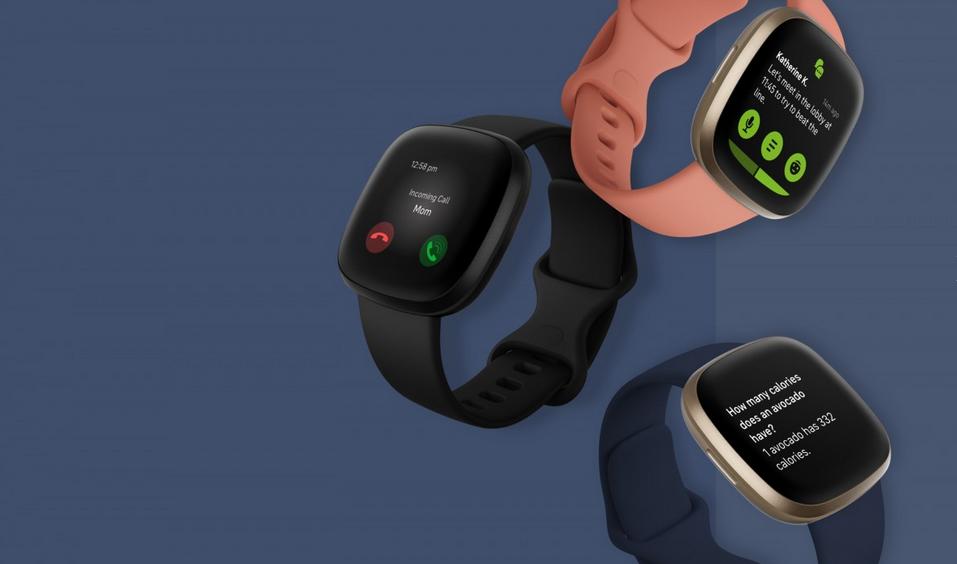
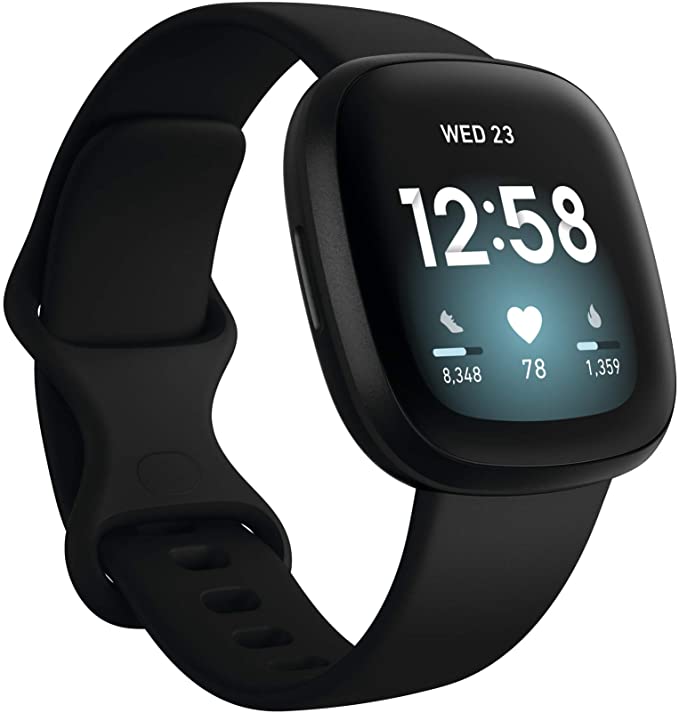
Keep it smart
Fitbit Versa 3 is a smartwatch that will appease the feature-heavy connoisseur. It hosts some notable upgrades such as a built-in GPS, Active Zone Minutes, workout intensity maps, and quick charging. You can store, stream, and play music, utilize Fitbit Pay for purchases, and make it your own via a customizable watch face and apps.
For
- Built-in GPS/GLONASS
- Active Zone Minutes + Workout Intensity Maps
- Music play, stream, and storage
- Smart pay and voice command
- Customizable clock face and apps
Against
- More expensive
- Bulkier design
- Shorter battery life
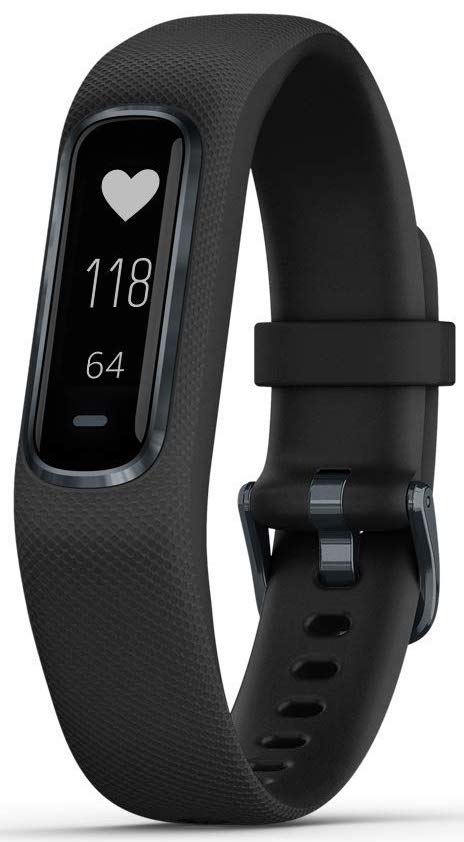
Low-profile
When it comes to basic health and fitness tracking, Garmin Vivosmart 4 does a great job. You'll get stress and Sp02 monitoring, as well as sleep and all-day activity tracking. You can track your workout routes using connected GPS through your smartphone and optimize your body's energy levels throughout the day with Body Battery.
For
- Stress and Sp02 monitoring
- Sleep + all-day activity tracking
- Body battery
- Seven-day battery life
Against
- Connected GPS
- No music play, stream, or storage
- No customizable clock face or apps
Choosing between a smartwatch from Fitbit and an activity tracker from Garmin is tough. Both Fitbit Versa 3 and Garmin Vivosmart 4 come from highly reputable companies, and both host a variety of noteworthy features. The truth is both of these fitness wearables can help you stay on top of your health. Which is for you?
Fitbit Versa 3 vs. Garmin Vivosmart 4: The specs
Fitbit Versa 3 was released towards the end of 2020 and offers all of the health and fitness tracking features we've come to expect via Fitbit, plus some notable upgrades. It's one of the best Fitbits available on the market with new features like a built-in GPS and GLONASS navigation system. It also has a hefty price tag to go with it.
The Vivosmart 4 is simply a fitness tracker, but don't count it out. It does what it does very well and at a much more affordable price. So, how do they compare? Let's take a look.
| Header Cell - Column 0 | Fitbit Versa 3 | Garmin Vivosmart 4 |
|---|---|---|
| Display type | AMOLED | OLED |
| Display size | 1.58 inches | 0.75 inches |
| Always-on | Yes | Yes |
| Water-resistant | 5ATM | 5ATM |
| Bluetooth | v5.0 LE | Bluetooth and ANT+ |
| Bluetooth calling | Yes | No |
| Wi-Fi | Yes | No |
| Built-in GPS | GPS/GLONASS | No |
| Notifications | Yes | Yes |
| All-day activity tracking | Yes | Yes |
| Sleep tracking | Yes | Yes |
| Menstrual tracking | Yes | No |
| Swim tracking | Yes | Yes |
| Sensors | Accelerometer, altimeter, heart rate monitor, gyroscope, ambient light, pulse oximeter, thermometer | Accelerometer, altimeter, heart rate monitor, ambient light, pulse oximeter |
| On-screen workout modes | Yes | No |
| Audio | Mp3/Mp4 | No |
| Music streaming | Yes | No |
| Loudspeaker + mic | Yes | No |
| Battery life | Up to 6+ days | Up to 7 days |
| Rapid charging | Yes | No |
| Payment system | Fitbit pay | No |
| Compatibility | iOS and Android | iOS and Android |
| Companion app | Fitbit | Garmin Connect |
| Customizable watch face | Yes | No |
| Smart assistant + voice command | Yes | No |
These fitness wearables share the common interest of keeping you on the right track to better health. So, when it comes to which is better, it really comes down to what you want your tracker to do. If a built-in GPS and smart features like audio control, voice command, and smart pay are high on your priority list, you'll be happiest with Fitbit Versa 3.
If you're looking for something more low-profile and affordable that keeps tabs on your all-day activity, energy, and sleep, Garmin Vivosmart 4 is the best option for you. Let's break down the specs to get an in-depth look.
Fitbit Versa 3 vs. Garmin Vivosmart 4: More with Versa 3

The Versa 3 is the first member of the Versa family to host built-in GPS, so you can finally track your routes and view your pace and distance completely phone-free. Versa 3 automatically stores your rides, runs, and hikes in the Fitbit app for you to check out after your workouts. It has the edge over Garmin Vivosmart 4 in this department, which only offers a connected GPS.
The largest key differences between Fitbit Versa 3 and Garmin Vivosmart 4 are smart features. Simply put: Fitbit Versa 3 has them, Garmin Visomsart 4 does not.
The largest key differences between Fitbit Versa 3 and Garmin Vivosmart 4 are smart features. Simply put: Fitbit Versa 3 has them, and Garmin Visomsart 4 does not. Fitbit Versa 3 has the ability to play, stream, and store music. It has about 2.5GB of audio storage, around 300 songs, and you can use Deezer, Pandora, or control the Spotify app straight from your wrist.
Master your iPhone in minutes
iMore offers spot-on advice and guidance from our team of experts, with decades of Apple device experience to lean on. Learn more with iMore!
Fitbit Versa 3 features a built-in mic and speaker so you can make Bluetooth calls hands-free, send callers to voicemail, and adjust the volume. Note that these features are only available if your phone is nearby; it does not have a built-in cellular system. You can use voice commands to ask Google Assistant or Amazon Alexa about the news, weather, or to control your smart home devices. Plus, it also offers smart pay.
Still, with all these extra features and that "smartwatch" tag comes a hefty price hike. The Versa 3 is way more costly than the humble Vivosmart. So, if you don't necessarily need all that extra stuff and you're on a budget, the Vivosmart 4 is a solid tracker that could fit the bill.
Fitbit Versa 3 vs. Garmin Vivosmart 4: All about the tracking
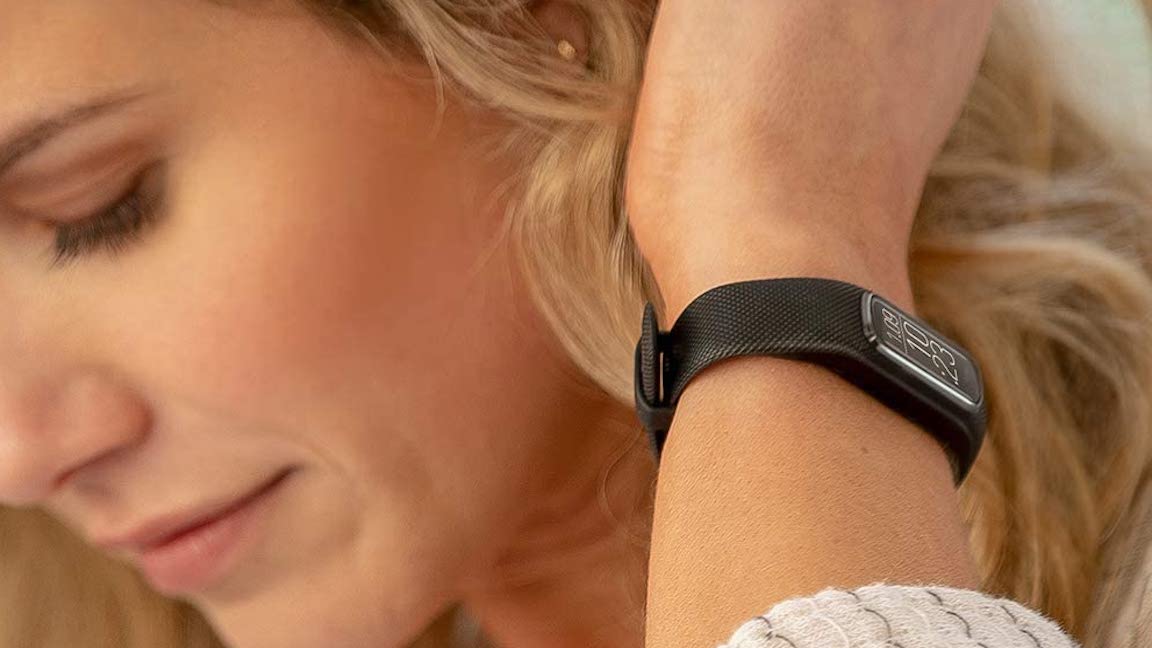
Both of these fitness wearables feature advanced sleep monitoring, and they offer blood oxygen monitoring. You can turn on the Pulse OX feature on Vivosmart 4 to gauge your Sp02 overnight or use it to take a spot measurement. On the other hand, you must use an Sp02 watch face to get this feature with the Versa 3.
Garmin Vivosmart 4 lets you know when you're having a calm, balanced or stressful day by tracking the time interval between heartbeats.
The Fitbit Versa 3 and Garmin Vivosmart 4 feature stress tracking. Versa 3 will use the physical signs of stress to give you an in-app Stress Management Score. Garmin Vivosmart 4 lets you know when you're having a calm, balanced or stressful day by tracking the time interval between heartbeats. If your stress level gets elevated, Vivosmart 4 will provide a vibration alert on your wrist.
One feature Garmin Vivosmart 4 has that Fitbit Versa 3 does not is Body Battery. Body Battery energy monitoring uses a combination of stress, heart rate, sleep, and daily activity to gauge your body's energy reserves at any given moment. This helps plan your day around your body's optimum energy levels. Higher numbers indicate you're ready to be active, while lower numbers suggest it's time to rest.
However, Versa 3 hosts Active Zone Minutes, a new(ish) Fitbit feature. Active Zone Minutes give your wrist a buzz when you reach your personalized target heart rate zone. In the Fitbit app, you can view how your heart rate changed along your routes in your workout intensity map. This helps gauge where you put in the most effort, your recovery time, and where you should have picked up the pace.
Fitbit Versa 3 vs. Garmin Vivosmart 4: Looks and battery power
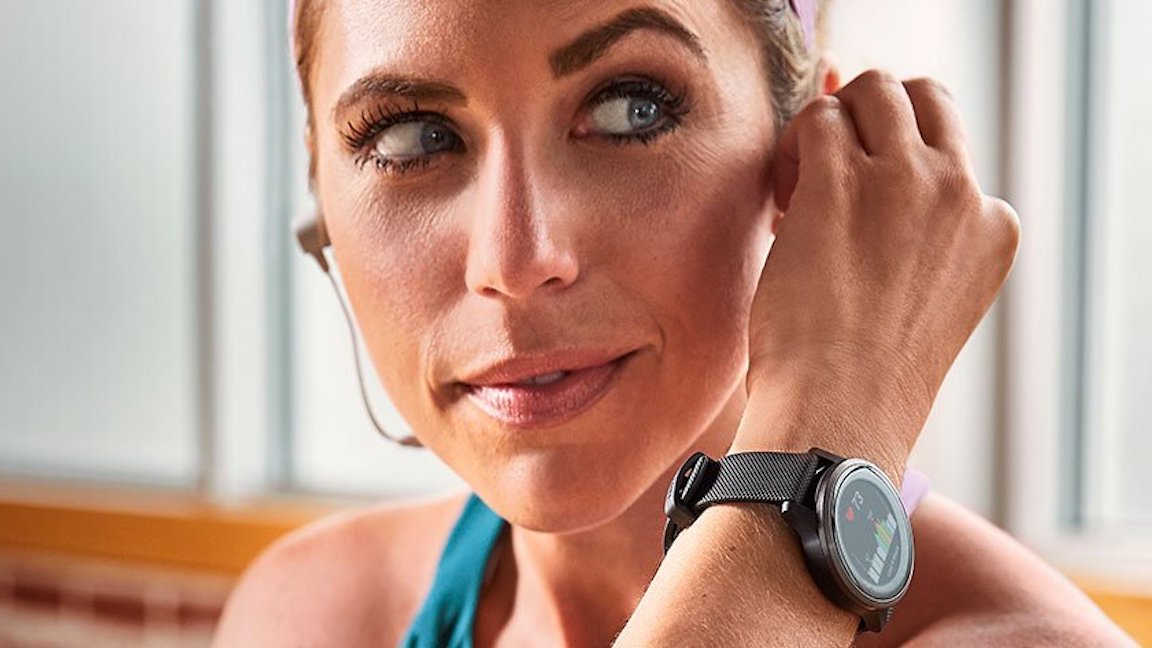
When it comes to low-key aesthetic and basic health and fitness tracking, Garmin Vivosmart 4 has you covered. This slim fitness band is available in multiple colors and features a bright, easy-to-read display. The display is only on when you need it. It auto-adjusts to ambient light levels when it's on, so it's visible in bright sunlight.
If you want more customization, the Fitbit Versa 3 comes with hundreds of different watch faces and all of your favorite apps. Plus, it has the look of a watch, while the Vivosmart still looks like a tracker. However, it's pretty thin and discreet.
When it comes to battery life, Garmin Vivosmart 4 takes the cake overall. It will give up to seven days of battery on a full charge depending on usage. However, it doesn't offer quick charging. You can give the Fitbit Versa 3 a full day's charge in just 12 minutes, and it delivers up to six-plus days of battery life, depending on your usage. Keep in mind that if you operate your watch in GPS and music mode a lot, it will drain the battery a lot faster. Still, a quick charge makes up for it either way.
Fitbit Versa 3 vs. Garmin Vivosmart 4: Which should you buy?
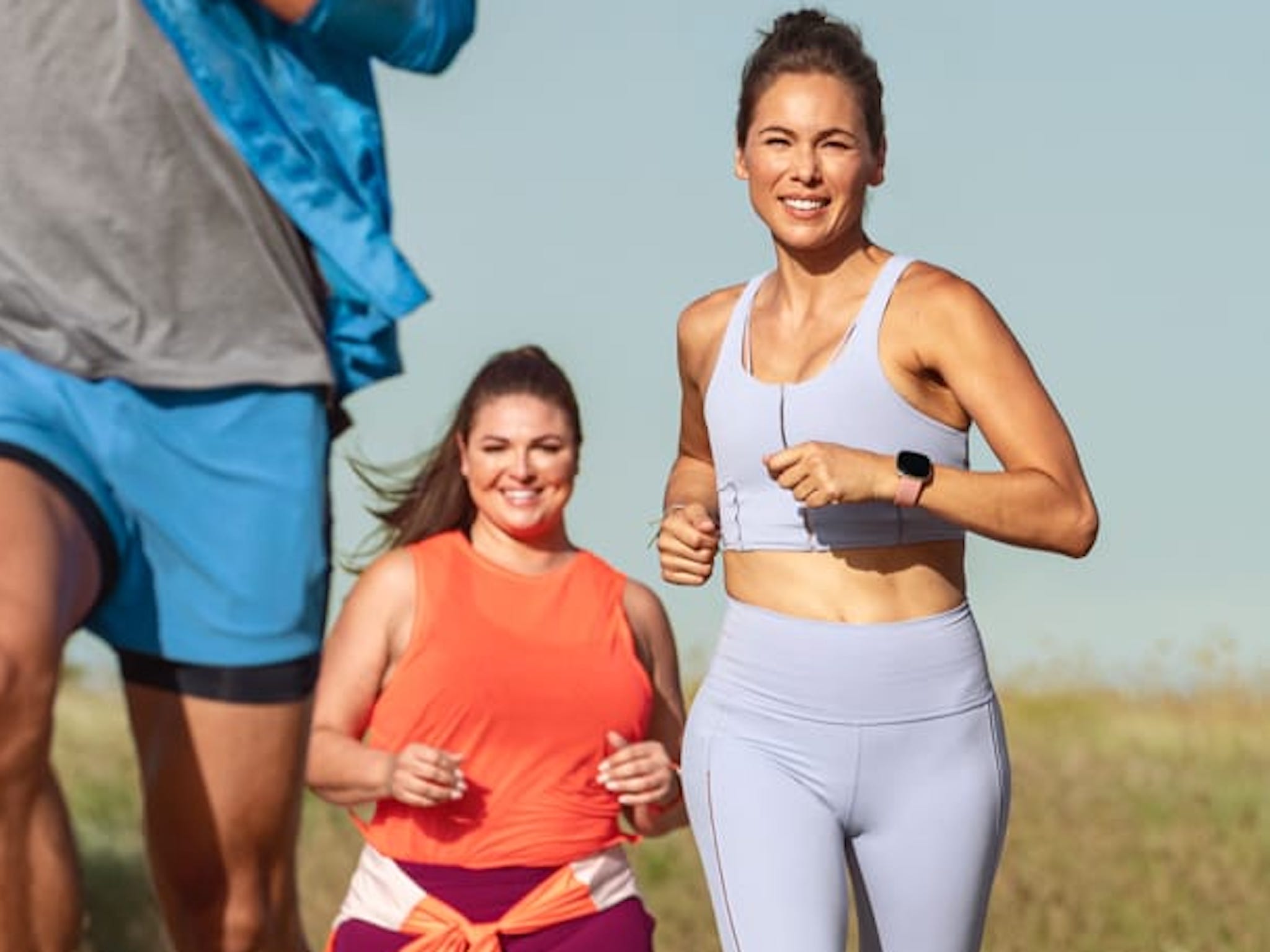
Both Fitbit Versa 3 and Garmin Vivosmart 4 can keep you on track to better health. Ultimately, if you want the most features and it fits within budget, Fitbit Versa 3 is the way to go. It can do essentially everything Garmin Vivosmart 4 can do, plus a lot more.
If you're looking for a low-key wearable that's more affordable and covers the basics when it comes to basic health and fitness tracking, Garmin Vivosmart 4 is a great option. It delivers all-day activity and sleep tracking, stress monitoring, and unlike Fitbit Versa 3, Body Battery to help optimize your body's energy levels throughout the day. Both wearables offer noteworthy features. Ultimately, the decision boils down to your budget and needs.

Nicolette is a freelance writer for iMore. She's been hooked on Apple products since she got the very first iPhone in 2007 and made the switch from PC to Mac in 2008 after inadvertently dousing her laptop with a hefty dose of water. A dedicated creative, Nicolette has had the pleasure of working with some of the top websites, studios, and brands in the industry throughout her career, and enjoys writing about all things: Apple, health, fitness, audio, and home. With over a decade of high-level experience as a health and fitness professional, Nicolette specializes in tech pertaining to the field. If she’s not working, you can find her sipping a glass of wine, enjoying a concert, or hanging with her family.
